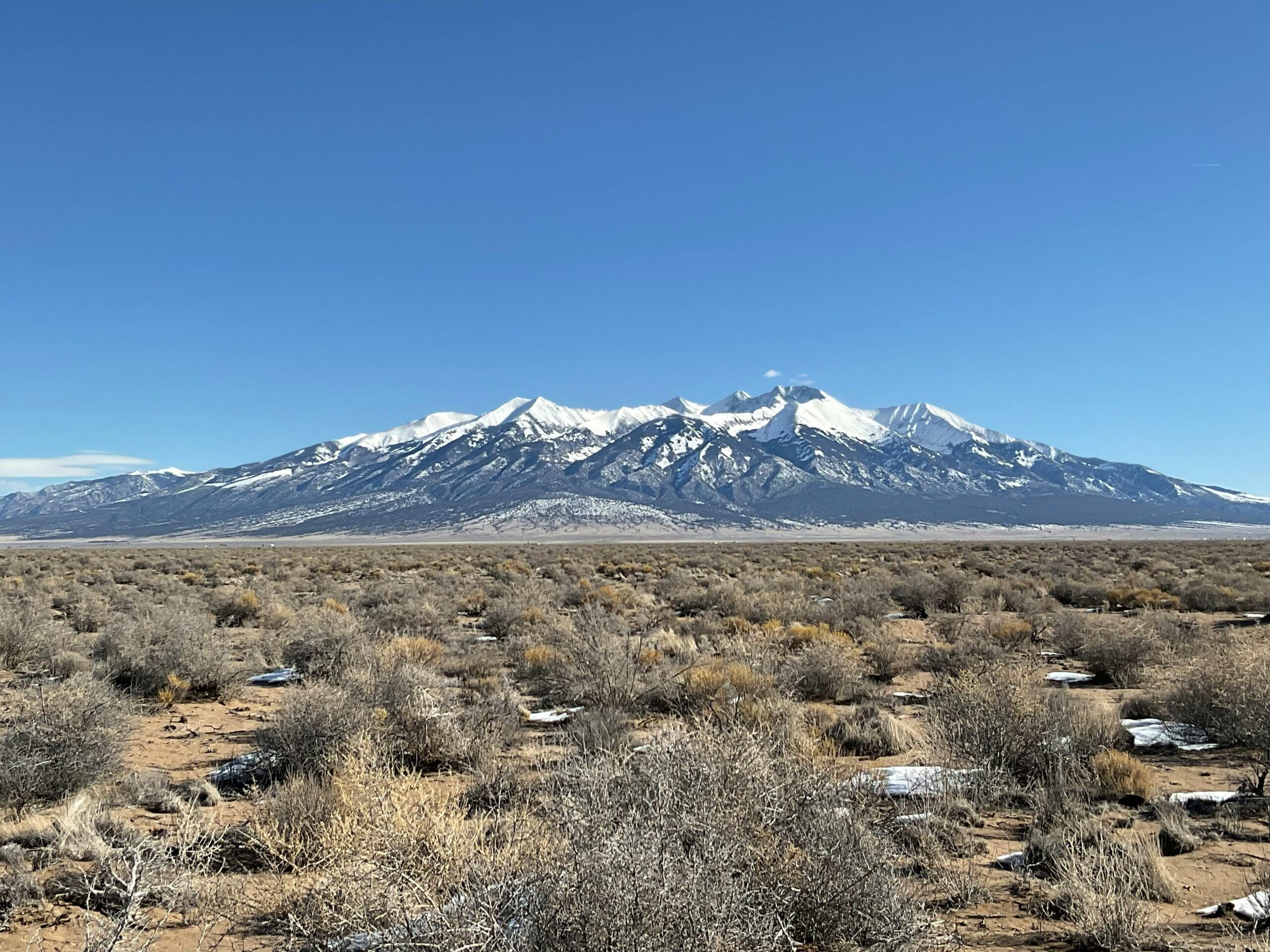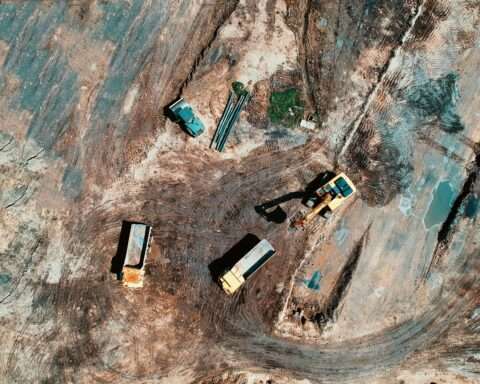Alamosa County Commissioners in Colorado have adopted a new comprehensive master plan and have lifted the moratorium on major developments that had been in place since January 2023.
The more-than-a-year-long pause allowed the county to update its framework for evaluating large projects, such as campgrounds and subdivisions, while addressing water use, drought and land suitability. The update is also designed to ensure compliance with a state requirement to update comprehensive planning rules.
Replacing the 2008 master plan, county officials expect the new iteration to serve as a living document that guides land use, infrastructure, economic diversification, housing, environmental stewardship and community resilience for decades. It reflects input from multiple public engagement phases involving agriculture, housing, energy, government agencies, and underserved communities.
New guidelines cover zoning, subdivisions, infrastructure and growth in key unincorporated areas: East Alamosa, the Mosca corridor along State Highway 17, and West U.S. 160. The plan includes overlay maps identifying where water resources and renewable energy projects are most viable. Concerns over water in the Rio Grande Basin and long-term drought significantly influenced the plan’s design, according to county officials.
Although the plan supports renewable energy development in designated areas, some commissioners remain cautious. The county recently denied a major solar proposal for the second time due to concerns about the site’s proximity to wildlife corridors. Regulations focused on campgrounds and subdivisions are expected in place by fall 2025.
Two energy projects are still under development. One project, led by Xcel Energy, plans to spend $36.5 million, including a $9 million Department of Energy grant, to replace 39 miles of aging 69 kV transmission line between the Alamosa Terminal and Antonito substations. The work will use fire‑resistant steel poles and optical ground wire to improve system reliability and reduce wildfire risk.
Commissioners are considering a proposal from energy development and design firms to build a solar facility on approximately 493 acres. The project would include solar panels, a substation or switchyard, Tesla Megapack battery storage and fire‑suppression infrastructure. It must also secure a Power Purchase Agreement to connect to Xcel Energy’s transmission line. If the facility permit is approved this year, construction could begin soon with the facility operational by 2027.
Photo by Audra Keiber from Pexels













